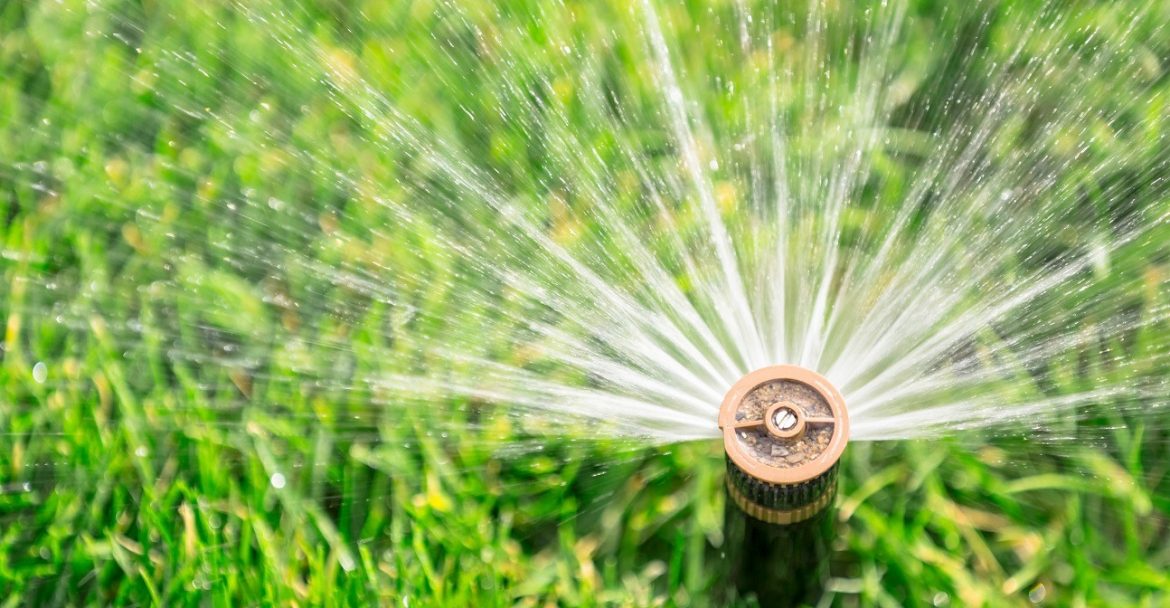Everyone knows a healthy landscape requires proper irrigation. However, if you’re noticing dry, brown spots on your lawn, it may be an indication of insufficient irrigation coverage. Sprinkler coverage is one of the most over looked irrigation issues and can often lead homeowners to overwater.
Here are some things to check.
1. Check your sprinkler system: Ensure that all sprinklers are in good working condition. Make sure that none of them are clogged, broken, or misaligned. You can clean out any debris in the sprinkler heads with a small tool or use a cleaning solution to unclog them.
2. Adjust the sprinkler heads: You may need to adjust the sprinkler heads to ensure that they are covering the entire area. You can do this by turning the adjustment screw located on the top of the sprinkler head. You may also need to adjust the spray radius or arc to ensure that the water is reaching all areas of your lawn.
3. Check your water pressure: If your sprinkler heads are not producing enough water, it may be because of low water pressure. Check the water pressure and adjust the pressure regulator if necessary. You may also need to install a larger water supply line to increase the water pressure.
4. Increase watering time: If you have made all the necessary adjustments to your sprinkler system and your lawn is still not receiving enough water, try increasing the watering time. Depending on the size of your lawn and the climate you live in, you may need to water your lawn for a longer period of time to ensure proper coverage.
5. Consider a professional inspection: If you have tried all of the above steps and are still experiencing issues with irrigation coverage, it may be time to seek the help of a professional. A licensed irrigation specialist can assess your system and identify any underlying issues that may be causing the problem.
Call TLC today and ask about our Irrigation Audit!


